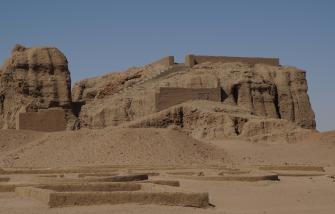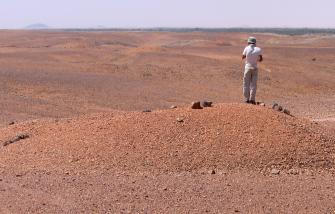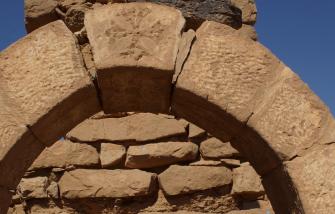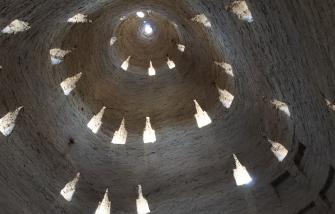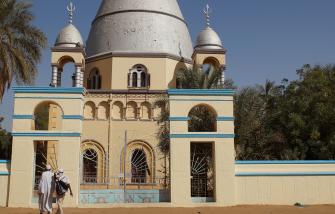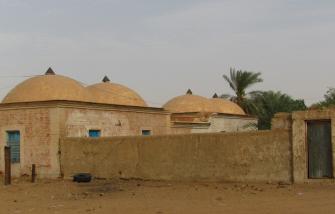Few people are aware of the depth and the richness of Sudan's history, but the Middle Nile valley has not been called Egypt's rival in Africa for nothing. For many millennia, Sudan has been the crossroads between Central Africa and the Mediterranean. The country has both a compelling history and dramatic remains which tell about it.
Unlike a typical tourist trip in Egypt, itineraries in Sudan are not confined to the Pharaonic period. They allow you to draw a bow from the earliest times of human history through the Bronze Age, Antiquity and the Christian medieval era, to the Islamic period and the present.
Of course there are temples – and more pyramids than in Egypt. But more than this, doing an archaeological trip in Sudan means travelling through all the major periods of human history and experiencing them in a hands-on course.



